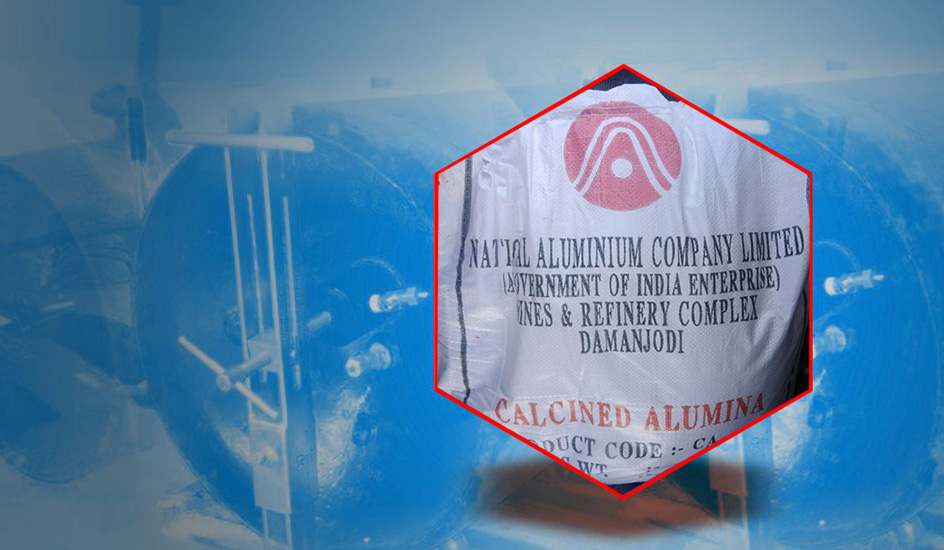Calcined Alumina
Calcined alumina is made by heating aluminum oxide or aluminum hydroxide to high
temperatures to remove chemically bound water and impurities.
Calcined alumina is known for its high purity, hardness, density, and high melting
point. It's also chemically inert and stable at high temperatures.
Physical Specification
BET SURF ACE AREA : 60-80 M2 / GM
LOI (300-1000 deg C) : 0.5-1%
BULK DENSITY : 0.95-1.05 T/M3
| 1 |
Typical |
Maximum |
| Alpha Content % |
- |
10 |
| +125 Micron % |
- |
15 |
| +125 Micron % |
- |
15 |
| -45 Micron % |
10 |
12 |
Chemical Specification
| 1 |
Typical |
Maximum |
| P2O5 % |
0.0015 |
0.002 |
| Na2O % |
0.38 |
0.50 |
| Fe2O3 % |
0.01 |
0.015 |
| SiO2 % |
0.012 |
0.02 |
| ZnO % |
0.005 |
0.0008 |
| CaO % |
0.042 |
0.05 |
| TiO2 % |
0.0013 |
0.004 |
| V2O5 % |
0.0015 |
0.002 |
| K2O % |
0.0015 |
0.002 |
| Ga2O % |
- |
0.012 |
| Alumina Content % |
98.7 |
98.5(Minimum) |
Application and Uses :
- Calcination is the last step of the Bayer process, which heats the hydrated alumina
(aluminium hydroxide or gibbsite,Al(OH)3)
- Calcined alumina is therefore utilized in a variety of industrial applications
including Structural ceramics,
- Technical ceramics, Polishing compounds for plastic, metal, and glass, Fillers for
Rubber and Plastics, Friction – anti slip, Refractories, Paint & Coatings and
Thermal Spray Powders.
- Alumina, a white crystallized powder, is made by calcining aluminum hydroxide and
the chemical formula is Al2O3. It is widely used typical α-Alumina (Corundum).
- The substance is not classified as hazardous according to the Globally Harmonized
System (GHS).
- aluminum oxide that has been heated at temperatures in excess of 1,050 °C (1,900 °F)
to drive off nearly all chemically combined water
